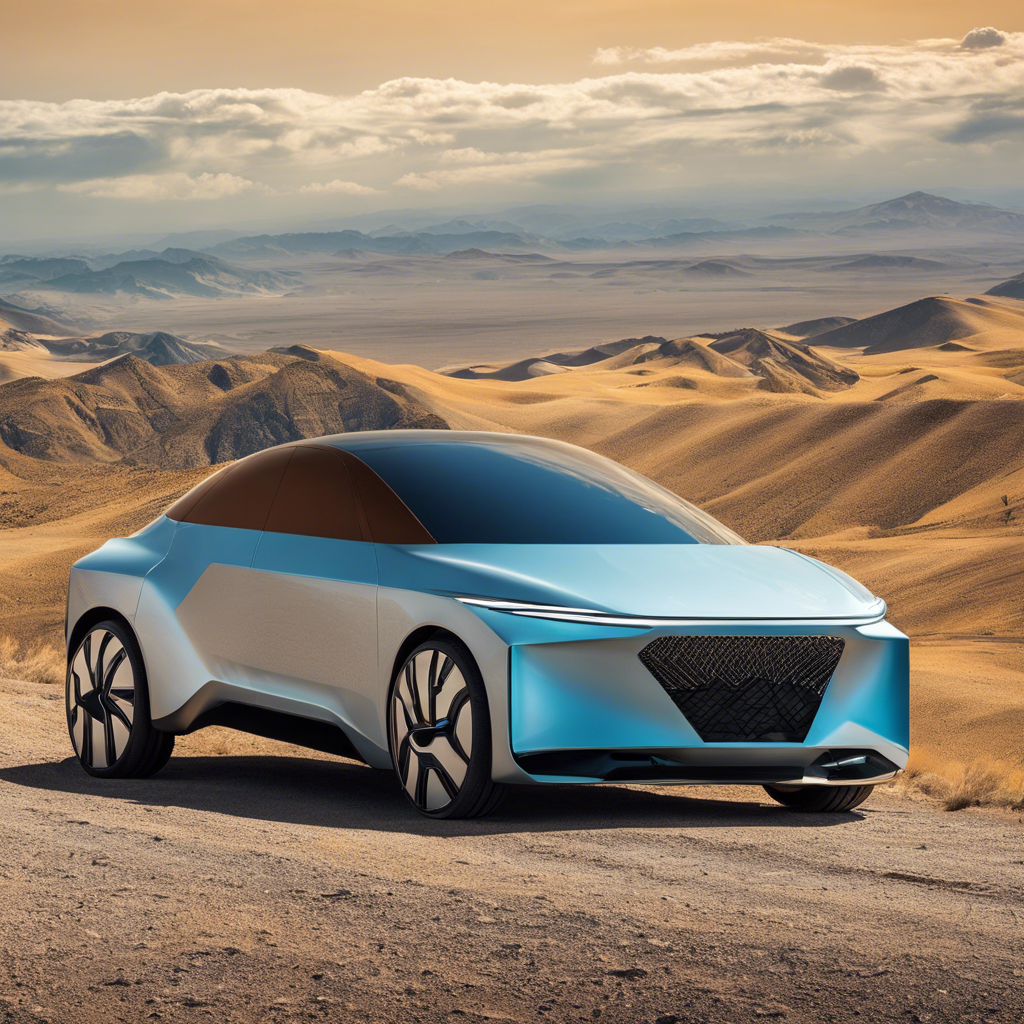As the automotive industry continues to explore sustainable alternatives to traditional gasoline-powered vehicles, hydrogen fuel cell technology is emerging as a promising contender for the future of green transportation. In 2024, we may witness a significant shift towards hydrogen-powered vehicles, offering a unique set of advantages that could revolutionize the way we drive. With growing environmental concerns and stricter emission regulations, the race is on to find viable solutions for cleaner mobility.
Hydrogen fuel cell vehicles (FCVs) have been in development for decades, but recent advancements in technology and infrastructure have brought them closer to mainstream adoption. These vehicles produce electricity through a chemical reaction between hydrogen and oxygen, emitting only water vapor and warm air as byproducts. This zero-emission process addresses the environmental challenges posed by conventional internal combustion engines, making FCVs an eco-friendly transportation choice. The year 2024 could mark a turning point in their widespread availability and acceptance.
## The Rise of Hydrogen Fuel Cell Technology
One of the key advantages of hydrogen-powered vehicles is their potential for quick refueling and impressive driving ranges. Unlike battery-electric vehicles (BEVs) that can take hours to charge, FCVs can be refueled with hydrogen in a matter of minutes, offering a similar experience to conventional gas-powered cars. This fast refueling time addresses the range anxiety often associated with BEVs, making FCVs a practical option for long-distance travel and daily commuting.
Several major automakers, including Toyota, Hyundai, and Honda, have already introduced hydrogen fuel cell vehicles to the market. The Toyota Mirai, Hyundai Nexo, and Honda Clarity Fuel Cell are prime examples of FCVs currently available to consumers. These vehicles offer comparable performance to their gasoline-powered counterparts, with the added benefit of zero tailpipe emissions. As more manufacturers invest in this technology, we can expect to see increased competition and innovation, leading to more affordable and efficient FCVs.
## Infrastructure Development: A Crucial Factor
A critical aspect of the success of hydrogen-powered vehicles is the development of a robust hydrogen refueling infrastructure. In 2024, nations around the world will focus on expanding hydrogen refueling stations to support the growing number of FCVs on the road. Strategic partnerships between governments, energy companies, and automakers will play a pivotal role in accelerating the deployment of hydrogen refueling stations, making it more convenient and accessible for consumers to adopt FCVs.
The European Union, for instance, has set ambitious targets for hydrogen infrastructure development, aiming to have 1,000 hydrogen refueling stations operating by 2025. In the United States, California leads the way in hydrogen infrastructure, with plans to build more stations to support the growing demand for FCVs. As infrastructure expands, the range anxiety associated with alternative fuel vehicles will diminish, encouraging more consumers to make the switch to hydrogen-powered cars.
## Environmental Benefits and Cost Considerations
The environmental benefits of hydrogen-powered vehicles are undeniable. FCVs produce zero harmful emissions, contributing to improved air quality and reduced carbon footprint. As the world grapples with the urgency of climate change, the adoption of hydrogen technology becomes even more crucial. The year 2024 could see increased awareness and incentives for consumers to choose eco-friendly transportation options like FCVs.
However, one of the current challenges with hydrogen-powered vehicles is the high cost of production and infrastructure. Building hydrogen refueling stations and manufacturing fuel cells remains more expensive than traditional gasoline or even electric vehicle infrastructure. Addressing these cost barriers will be essential to making FCVs a viable option for the mass market. Collaborations between automakers, governments, and energy companies are necessary to drive down costs and make hydrogen technology economically competitive.
## The Future Outlook
Looking ahead, the future of hydrogen-powered vehicles in 2024 and beyond is filled with potential. As technology advances and infrastructure expands, FCVs will become more accessible and attractive to consumers. With increased awareness and education about the benefits of hydrogen fuel cell technology, we may witness a surge in consumer demand for these eco-friendly vehicles.
Moreover, the development of hydrogen-powered trucks, buses, and other commercial vehicles will play a significant role in reducing emissions across various sectors. Hydrogen-powered heavy-duty transportation offers a sustainable solution for long-haul logistics, public transportation, and other commercial applications. As more industries embrace hydrogen technology, the collective effort to combat climate change will gain momentum.
In 2024, the world will be watching as the automotive industry accelerates its efforts to make hydrogen fuel cell vehicles a mainstream reality. With environmental sustainability at the forefront of global concerns, the future of transportation may well be powered by hydrogen. The road ahead is promising, and the next few years will be decisive in shaping the widespread adoption of this innovative and eco-conscious technology.










